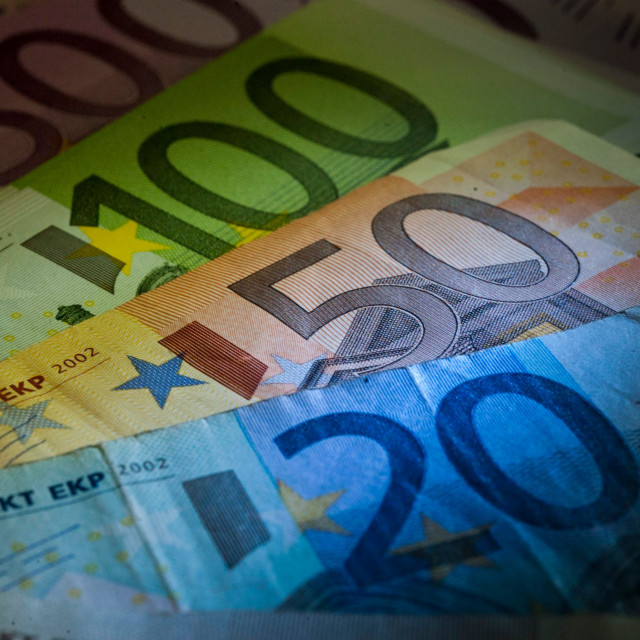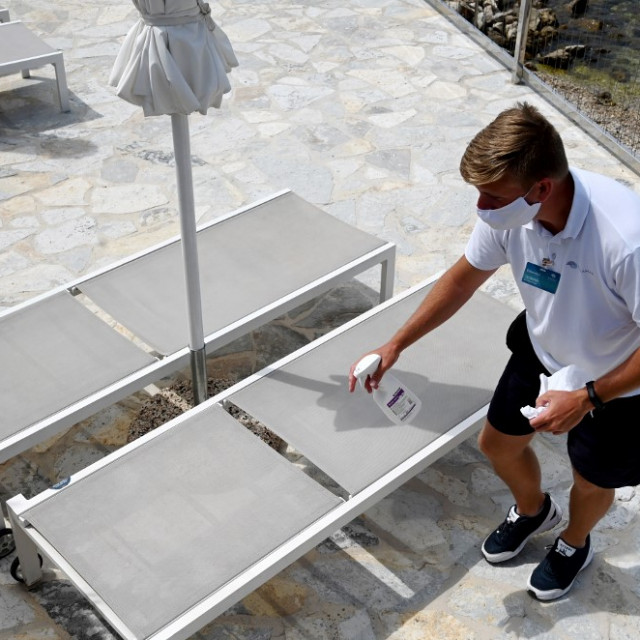
Croatia is among the three most affected countries in the European Union. The commission forecasts that Italy's GDP will contract the most (-11.2%) followed by Spain (-10.9%) and Croatia (-10.8%).
Poland's economy is expected to decrease the least (-4.6%), and is followed by Denmark (-5.2%), Sweden (-5.3%), while Romania and Malta are with a fall of 6% respectively.
The greatest EU economy Germany can brace itself for a 6.3% decrease in GDP.
"The shock to the EU economy is symmetric in that the pandemic has hit all Member States. However, both the drop in output in 2020 and the strength of the rebound in 2021 are set to differ markedly. The differences in the scale of the impact of the pandemic and the strength of recoveries across Member States are now forecast to be still more pronounced than expected in the Spring Forecast," the commission said in a press release.
The average drop in the euro area economy in 2020 is estimated at 8.7% while it is expected to grow by 6.1% in 2021.
The EU economy is forecast to contract by 8.3% in 2020 and grow by 5.8% in 2021.
Based on current forecasts the contraction in 2020 is, therefore, projected to be significantly greater than the 7.7% projected for the euro area and 7.4% for the EU as a whole in the Spring Forecast released on May 6.
Growth too will be somewhat weaker than had been forecast in the spring.
"This forecast shows the devastating economic effects of that pandemic. The policy response across Europe has helped to cushion the blow for our citizens, yet this remains a story of increasing divergence, inequality and insecurity. This is why it is so important to reach a swift agreement on the recovery plan proposed by the Commission – to inject both new confidence and new financing into our economies at this critical time,” Commissioner for the Economy, Paolo Gentiloni was quoted as saying.
Executive Vice-President for an Economy that works for People, Valdis Dombrovskis however warned of the second wave of the pandemic.
"The economic impact of the lockdown is more severe than we initially expected. We continue to navigate in stormy waters and face many risks, including another major wave of infections. If anything, this forecast is a powerful illustration of why we need a deal on our ambitious recovery package, NextGenerationEU, to help the economy. Looking forward to this year and next, we can expect a rebound but we will need to be vigilant about the differing pace of the recovery. We need to continue protecting workers and companies and coordinate our policies closely at EU level to ensure we emerge stronger and united,” said Dombrovskis.
The impact of the pandemic on economic activity was already considerable in the first quarter of 2020, even though most Member States only began introducing lockdown measures in mid-March.
With a far longer period of disruption and lockdown taking place in the second quarter of 2020, economic output is expected to have contracted significantly more than in the first quarter.
On the other hand, early data for May and June suggest that the worst may have passed. The recovery is expected to gain traction in the second half of the year, albeit remaining incomplete and uneven across the EU, the commission's press release said.





Za sudjelovanje u komentarima je potrebna prijava, odnosno registracija ako još nemaš korisnički profil....